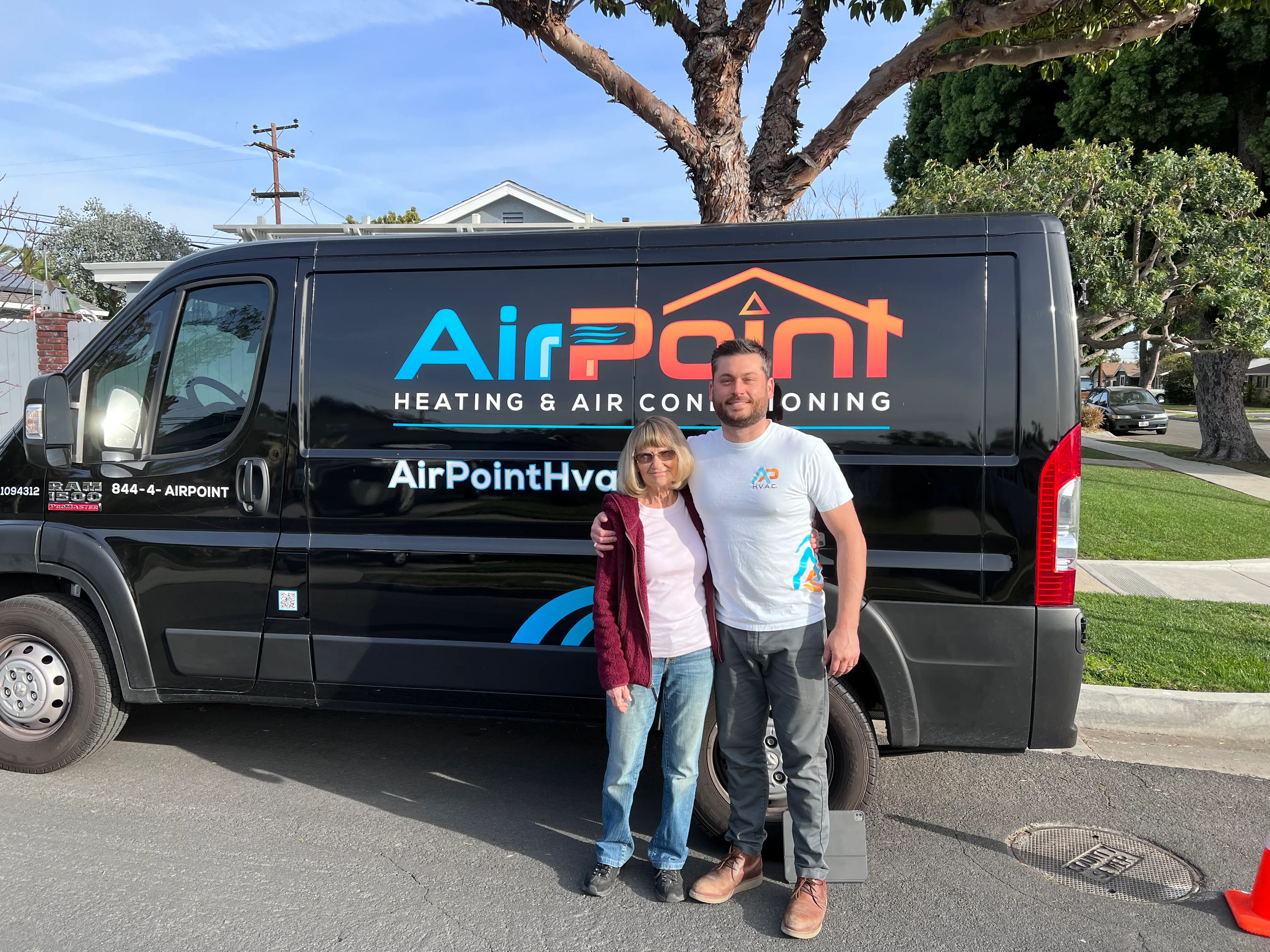
When Your Home Becomes an Oven: Understanding AC Cooling Failures
AC unit not cooling is one of the most frustrating problems homeowners face, especially during hot summer days when you need relief the most. If your air conditioner is running but not producing cold air, you're dealing with a common issue that can have several different causes.
Quick Diagnosis for AC Unit Not Cooling:
- Check thermostat settings - Ensure it's set to "cool" and temperature is below room temp
- Replace dirty air filter - Clogged filters block airflow and strain the system
- Clear outdoor unit - Remove debris blocking the condenser coils
- Verify power supply - Check for tripped circuit breakers
- Look for ice buildup - Frozen coils indicate airflow or refrigerant problems
- Listen for unusual sounds - Hissing may signal refrigerant leaks
Most AC units last between 10-15 years, and cooling problems can range from simple fixes like a dirty filter to complex issues requiring professional repair. According to research, continuing to run a malfunctioning AC can strain the compressor and other components, leading to more severe and costly repairs.
The key is knowing which problems you can tackle yourself and when to call for help. Simple issues like thermostat settings or clogged filters are often DIY fixes, while refrigerant leaks, electrical problems, or compressor failures need professional attention.

First-Response Checklist: Simple Fixes You Can Try Now
When your AC unit not cooling has turned your home into a sauna, it's natural to panic. But before you dial for professional help, there are a few simple checks you can perform yourself. Many common AC woes have surprisingly straightforward solutions, and you might just save yourself a service call! Think of these as your AC's basic troubleshooting steps.
Check Your Thermostat Settings
This might sound obvious, but we've all been there – assuming the worst when the solution was right under our noses. A surprising number of "AC not cooling" calls are resolved by a quick thermostat adjustment.
First, ensure your thermostat is set to "Cool" mode, not "Heat" or "Fan Only." If the fan is set to "ON" instead of "AUTO," your unit might be constantly blowing air, but it won't be conditioned air unless the cooling cycle is engaged. Setting it to "AUTO" ensures the fan only runs when the system is actively cooling your home. Also, make sure the temperature setting is actually lower than the current room temperature. If it's set too high, your AC won't kick on to cool.
Dead batteries are another sneaky culprit. If your digital thermostat's display is blank or flickering, or if it simply isn't responding to your commands, try replacing the batteries. For smart thermostats, sometimes a simple reset (often found in the settings menu or by cycling power at the breaker) can clear minor glitches. Incorrect thermostat placement (e.g., in direct sunlight) can also cause it to read the temperature inaccurately, leading to cooling issues.
Inspect and Replace the Air Filter
A dirty air filter is one of the most common reasons an AC unit not cooling effectively. Think of your air filter as the lungs of your HVAC system. Its job is to capture dust, pet dander, and other airborne particles, preventing them from accumulating on your AC's internal components. However, when it becomes clogged, it severely restricts airflow.
This restricted airflow means your AC has to work much harder to pull air through the system, reducing its efficiency and cooling capacity. It can even lead to more serious problems like a frozen evaporator coil (which we'll discuss shortly) or excessive strain on the blower motor. Regularly cleaning or replacing your air filter (typically every 1-3 months, or more frequently if you have pets or allergies) is a best practice. The EPA highlights the importance of air filters in maintaining indoor air quality and system performance. We can't stress enough how crucial this simple step is for preventing headaches down the line, as proper AC Maintenance: Crucial Role in Performance is paramount.
Clear the Outdoor Condenser Unit
Your outdoor unit, the condenser, plays a vital role in the cooling process. It's where the heat absorbed from inside your home is released into the outside air. If this unit is blocked or dirty, it can't efficiently dissipate heat, causing your AC unit not cooling properly.
Over time, leaves, grass clippings, dirt, and other debris can accumulate around and inside the condenser unit. Bushes, tall grass, or even a fence too close can also restrict airflow. We recommend ensuring there's at least two feet of clear space around the unit. Gently rinse the coils with a garden hose to remove accumulated dirt. Always make sure the power to the unit is turned off at the breaker before you do any cleaning or inspection! A clean outdoor unit helps your AC breathe easy and perform at its best.
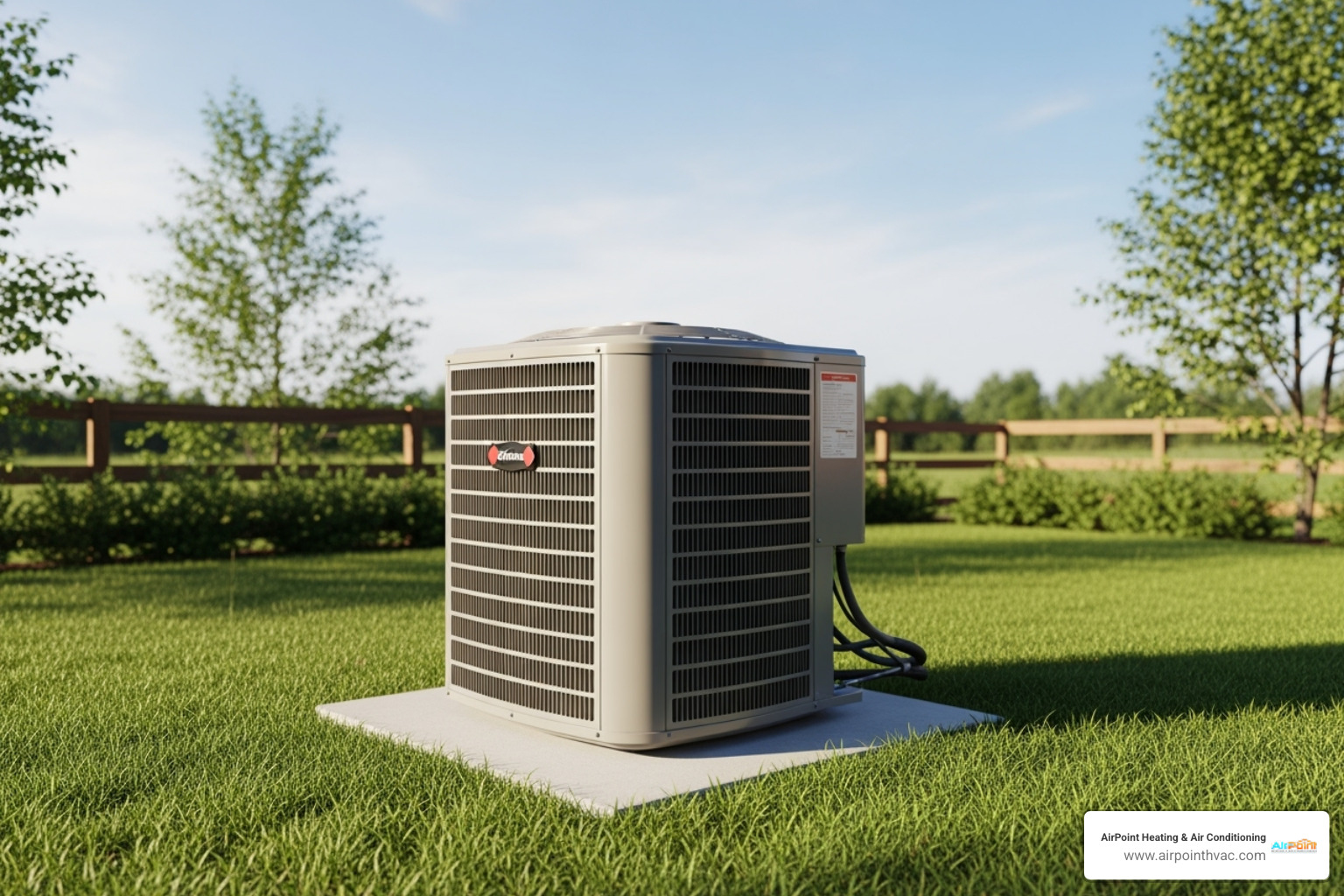
Check the Circuit Breaker
Sometimes, the simplest explanation is the right one. If your outdoor AC unit isn't running at all, or if your indoor unit is on but not blowing cold air, a tripped circuit breaker could be the culprit. AC units draw a lot of power, and an overload or surge can cause the breaker to trip as a safety measure.
Head to your home's electrical panel (usually in the garage, basement, or utility closet). Look for the breaker labeled for your "AC," "HVAC," or "Furnace." If it's in the "off" position or halfway between "on" and "off," simply flip it completely to the "off" position first, then firmly to the "on" position. Wait a few minutes (around 5-10) before trying to turn your AC back on at the thermostat. This allows the system to reset. If the breaker trips again immediately or frequently, it's a sign of a more serious electrical issue or a problem with the AC unit itself, and you should definitely call a professional.
Why Your AC Unit Not Cooling Can Signal a Deeper Issue
Sometimes those simple fixes just aren't enough. When your AC unit not cooling persists despite checking the thermostat and changing the filter, you're likely dealing with something more complex lurking beneath the surface. These deeper issues usually involve the heart and soul of your HVAC system – and honestly, they're not the kind of problems you want to tackle with a YouTube tutorial and a screwdriver.
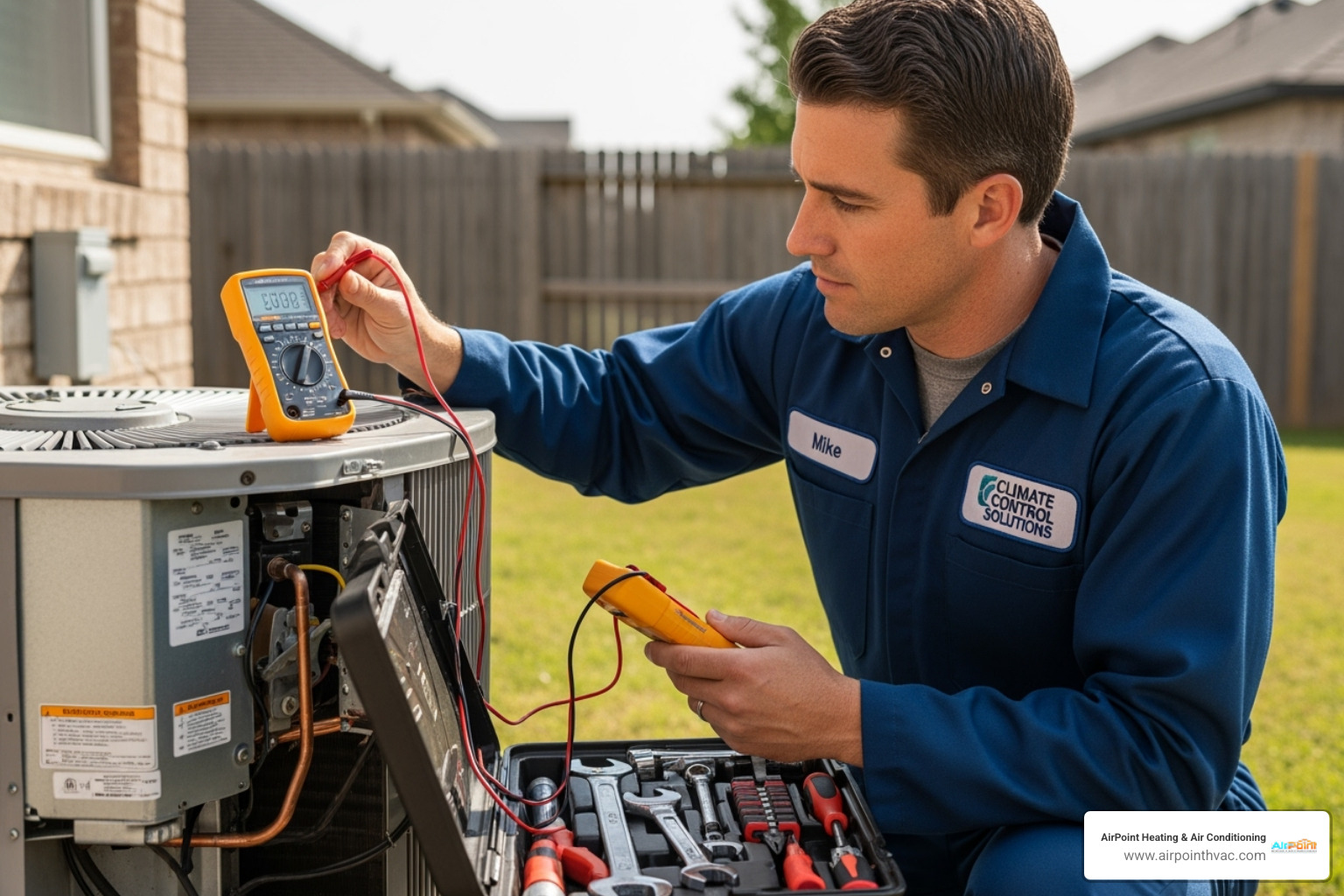
Think of it this way: if your simple checks were like taking your temperature when you feel sick, these deeper issues are like needing actual medical tests to figure out what's really wrong. Understanding what might be happening can help you communicate better with your technician and know when it's time to wave the white flag and call for backup.
Recognizing Signs You Need Immediate AC Repair early can save you from sweltering through another hot day – and potentially save your wallet from a much bigger repair bill down the road.
When an AC Unit Not Cooling is Caused by Refrigerant Problems
Here's something that surprises many homeowners: your AC doesn't actually "use up" refrigerant the way your car uses gas. Refrigerant is the magical liquid that absorbs heat from inside your home and dumps it outside, but it's supposed to stay in a closed loop forever. So when levels are low, it's like finding your sealed water bottle half empty – there's definitely a leak somewhere.
Low refrigerant turns your AC into something about as effective as a really expensive fan. You might notice lukewarm air trickling from your vents, or spot ice forming on the larger copper line outside. Some homeowners hear a telltale hissing or bubbling sound, which is often your system literally leaking its lifeblood.
The frustrating thing about refrigerant leaks is that simply adding more refrigerant without fixing the leak is like putting a band-aid on a broken pipe. It might work for a day or two, but you'll be right back where you started. Plus, refrigerant contains chemicals that require special handling and certification to work with safely. This is definitely a job for the pros.
The Problem of a Frozen Evaporator Coil
Picture your indoor evaporator coil as a really thirsty sponge, desperately trying to soak up heat and humidity from your home's air. But what happens when that sponge gets too cold, or there's not enough warm air flowing over it? It turns into a block of ice – and an AC unit not cooling becomes the least of your problems.
Restricted airflow is the most common culprit behind frozen coils. A severely clogged filter, blocked vents, or even collapsed ductwork can choke off the warm air your coil needs to stay above freezing. When that happens, moisture in the air starts freezing directly onto the coil's surface.
Low refrigerant levels can also cause freezing, making the coil so cold that it can't absorb heat properly. Sometimes a faulty blower motor is to blame – even with a clean filter, if the fan isn't moving air effectively, your coil can turn into an ice sculpture.
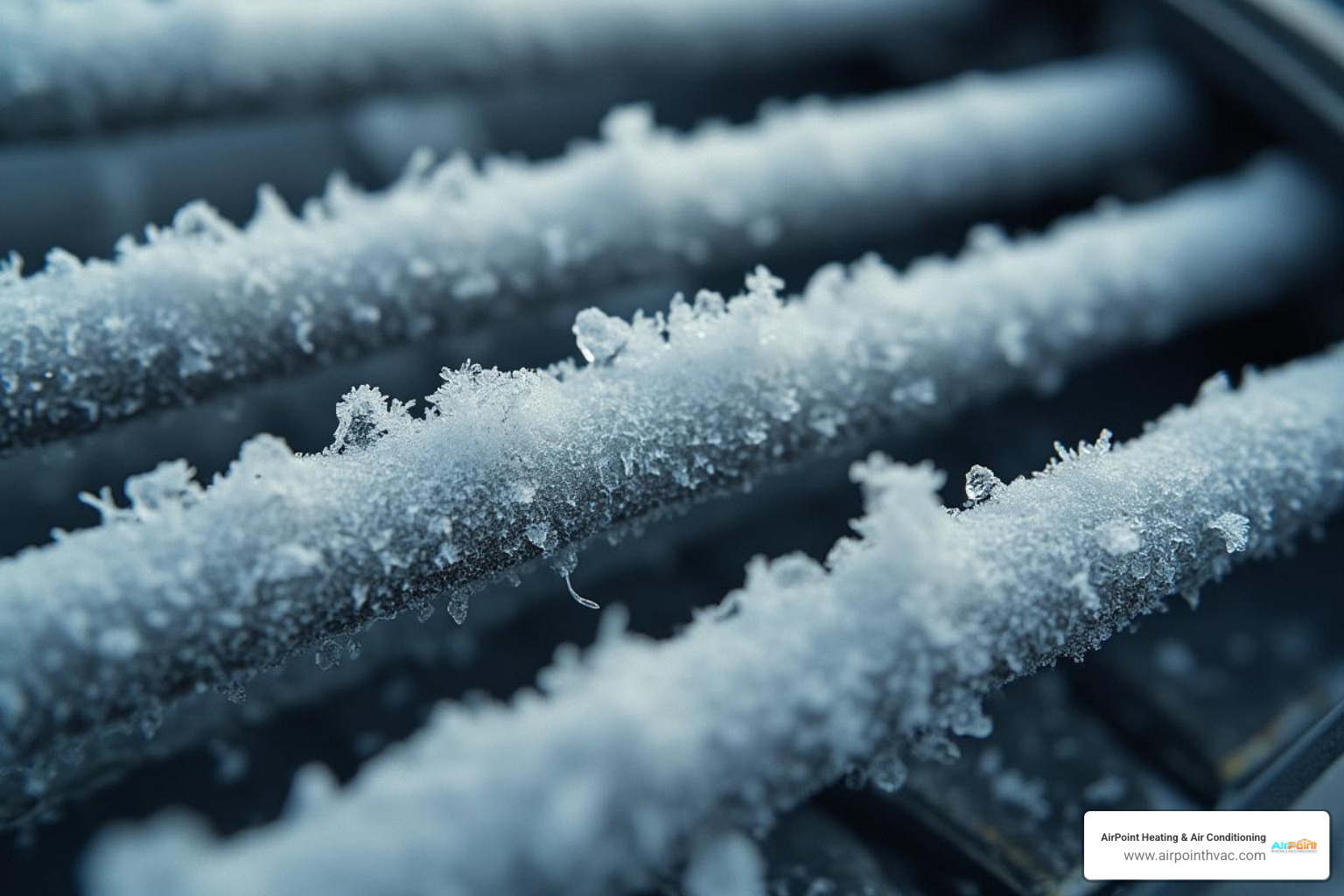
If you spot ice anywhere on your indoor unit or the copper lines, turn off your AC immediately. Switch the fan to "ON" if possible to help with the thawing process – but resist the urge to chip away at the ice with anything sharp. Those delicate fins damage easily, and patience is your friend here. The melting process can take anywhere from an hour to a full day.
Understanding frozen evaporator coils and their causes helps prevent this frustrating cycle from repeating.
A Faulty Compressor or Electrical Component
The compressor is basically the heart of your AC system, and when it fails, your cooling dreams die with it. Located in that big outdoor unit, it pressurizes refrigerant and keeps it moving through the system. When compressors go bad, you might hear grinding or rattling sounds, notice the outdoor unit refusing to start, or find your circuit breaker tripping repeatedly.
But compressors aren't the only electrical components that can leave you hot and bothered. Capacitors are small cylindrical parts that give your motors the electrical kick they need to start up. When they fail – often showing signs like swelling or leaking – your motors won't start, leaving you with an AC that runs but doesn't cool.
Contactors act like heavy-duty light switches for your outdoor unit's components. When they stick or their contacts get pitted and corroded, power can't reach your compressor or outdoor fan. Sometimes the problem is as simple as loose wiring or connections that have corroded over time.
These electrical gremlins require someone who knows their way around high-voltage systems. Working with this equipment without proper training isn't just ineffective – it's genuinely dangerous. When you're dealing with AC compressor not working scenarios or suspect electrical issues, calling a professional isn't just smart, it's essential.
The capacitor and other electrical components might seem small, but they pack a punch when they fail.
Undersized Systems, Aging Units, and Leaky Ducts
Sometimes the problem isn't one broken part – it's a fundamental mismatch between your system and your home's needs. An undersized AC system is like asking a compact car to tow a boat. It'll try its best, but it's never going to keep up during those scorching summer days. The system runs constantly, your energy bills skyrocket, and you're still uncomfortably warm.
System age plays a huge role too. Most AC units have a good 10-15 year run before they start showing their age, though some can push 20 years with excellent care. As components wear out and efficiency drops, what once cooled your home beautifully now struggles to keep up. If your unit is pushing past its first decade and constantly having issues, it might be time to consider whether repairs are worth the investment.
Leaky ductwork is the sneaky problem you can't see but definitely feel. Your AC might be working perfectly, pumping out beautifully cold air – but if your ducts have gaps, leaks, or obstructions, especially in hot attics or crawl spaces, that precious cool air escapes before it ever reaches your living room. It's like trying to fill a bucket with holes in the bottom.
Our guide on Know When to Replace Your AC Unit can help you steer these bigger decisions about whether to repair or replace an aging system.
The Best Defense: Preventing Future Cooling Problems
Nobody wants to experience the frustration of an AC unit not cooling during a scorching summer day. The good news? Most cooling problems are completely preventable with the right approach. Think of your air conditioner like a trusted friend – treat it well, and it'll take care of you when you need it most.
Regular maintenance is your secret weapon against unexpected breakdowns. It's not just about avoiding that dreaded moment when your AC gives up on the hottest day of the year. Consistent care actually extends your system's lifespan, keeps your energy bills manageable, and ensures your manufacturer's warranty stays valid. Plus, catching small issues early means you'll avoid those expensive emergency repair calls that always seem to happen at the worst possible time.
The math is simple: investing in preventative care costs far less than waiting for a major component to fail. When you consider that a well-maintained AC can last 15 years or more, while a neglected one might struggle to reach 10, the choice becomes pretty clear. Understanding the Annual AC Tune-Up Benefits can help you see just how much value regular maintenance provides.
The Importance of Annual Maintenance
Here's the thing about AC maintenance – timing matters. We always recommend scheduling your professional tune-up in late spring, ideally in April or May, before the summer heat really kicks in. This way, if our technicians find any issues, you'll have time to address them before you desperately need your cooling system.
During a comprehensive tune-up, our NATE-certified technicians become detectives, examining every aspect of your system. They start by thoroughly cleaning both your indoor evaporator coil and outdoor condenser coil. You'd be amazed at how much dirt and debris can accumulate on these components, creating an invisible barrier that makes your AC work twice as hard to cool your home.
Next, they'll check your refrigerant levels and pressures to ensure everything matches the manufacturer's specifications. If levels are low, we don't just add more refrigerant and call it a day – we investigate to find and fix any leaks first. This approach saves you money and protects the environment.
The electrical connections get special attention too. Our technicians tighten all connections and measure voltage and current on motors. Loose connections aren't just inefficient – they can be dangerous and lead to costly component failures. We also lubricate all moving parts to reduce friction, which helps your system run smoother and last longer.
One often-overlooked task is clearing the condensate drain line. When this tiny drain gets clogged, it can cause water leaks and humidity problems that make your home feel muggy even when the AC is running. We also calibrate your thermostat to ensure it's reading temperatures accurately and communicating properly with your system.
Finally, we assess airflow throughout your system and run a complete operational test. This comprehensive approach helps us spot potential problems like a weakening capacitor or a minor refrigerant leak before they turn into major headaches.
The beauty of regular maintenance is that it transforms your relationship with your AC from reactive to proactive. Instead of crossing your fingers every time you turn on your system, you can relax knowing it's been professionally inspected and optimized. For reliable AC Maintenance in Fullerton, CA, you can count on our experienced team to keep your system running smoothly all season long.
Frequently Asked Questions about AC Cooling Issues
When your home feels more like a sauna than a sanctuary, questions start flooding in. We've been helping Los Alamitos families stay cool for years, and these are the questions we hear most often when homeowners are dealing with an AC unit not cooling.
Should I turn my AC off if it's not cooling?
Yes, turn it off right away! This might seem counterintuitive when you're already hot and frustrated, but trust us on this one. Running a malfunctioning AC is like driving a car with a flat tire – you're only making things worse.
Here's what happens when you keep running a broken system: If your AC has low refrigerant, continuing to run it can completely destroy your compressor, which is the most expensive part to replace. Think of it as the heart of your system – once it's gone, you're looking at a major repair bill.
When there's restricted airflow causing your evaporator coil to freeze, that innocent-looking ice buildup can actually damage your blower motor if you keep the fan running. Plus, frozen coils mean zero cooling anyway, so you're just wasting energy and money.
And let's be honest – running an inefficient system is like throwing dollar bills out the window. You're paying for electricity without getting any comfort in return. Better to turn it off, let any ice melt completely, and either troubleshoot the simple fixes or call for professional help.
How do I fix an AC unit not cooling?
The honest answer? It depends on what's actually wrong. But don't worry – we've got a game plan for you.
Start with the simple stuff first. Check your thermostat settings to make sure it's actually set to "Cool" and the temperature is lower than what your house currently feels like. We can't tell you how many "emergency" calls we've gotten that were solved by switching from "Heat" to "Cool"!
Next, inspect that air filter. If it looks like it belongs in a horror movie, replace it. A clogged filter is probably the most common reason we see for cooling problems, and it's the easiest fix.
Take a peek at your outdoor unit too. If it's surrounded by weeds, leaves, or that garden gnome collection, clear some space. Your AC needs room to breathe, just like you do.
Check your circuit breaker – sometimes the solution really is that simple. If it's tripped, reset it and wait about ten minutes before trying your AC again.
Look for ice buildup on your indoor unit or the copper lines. If you see any, turn everything off and let it thaw completely. This can take anywhere from a few hours to a full day, so be patient.
If none of these basic checks solve the problem, it's time to call in the professionals. Refrigerant leaks, electrical component failures, and compressor problems aren't DIY territory – they require specialized tools, training, and safety equipment that most homeowners don't have lying around.
How long does an AC unit typically last?
Most air conditioners live between 10 and 15 years, though we've seen some well-loved units make it to 20 with excellent care. It's a bit like asking how long a car will last – it depends on how you treat it.
Regular maintenance is the biggest factor in your AC's lifespan. Units that get annual tune-ups consistently outlast those that are ignored until something breaks. It's the difference between changing your car's oil regularly versus waiting until the engine seizes up.
Climate matters too. Here in Southern California, our AC units work pretty hard during those long, hot summers. A system that runs constantly will naturally wear out faster than one in a milder climate that only kicks on occasionally.
Quality installation plays a huge role as well. An improperly sized or poorly installed unit will struggle from day one, leading to premature failure and frustration.
You'll know your AC is getting long in the tooth when it starts breaking down frequently, your energy bills skyrocket without explanation, or it just can't keep up with cooling your home like it used to. Strange noises that weren't there before are another telltale sign.
For older units, sometimes the math just doesn't add up to keep repairing. If you're facing another costly repair on a system that's over a decade old, it might be time to explore the AC Replacement: Advantages of a newer, more efficient system.
Get Your Cool Back with Expert Help
When your AC unit not cooling has you feeling defeated by the heat, it's completely understandable to feel overwhelmed. We've walked you through the simple DIY checks that can sometimes save the day, but let's be honest – sometimes the problem runs deeper than a dirty filter or thermostat hiccup.
Safety should always come first. Issues involving refrigerant leaks, electrical components, or major system malfunctions aren't just tricky to diagnose – they can be downright dangerous to tackle without proper training and equipment. That's when it's time to wave the white flag and call in the cavalry.
At AirPoint Heating & Air Conditioning, we get it. We know that sweltering afternoon when your AC decides to take a vacation is nobody's idea of fun. As a family-owned business serving Los Alamitos and the surrounding Southern California communities, we've seen just about every cooling crisis you can imagine. From mysterious refrigerant leaks to stubborn compressors that refuse to cooperate, we approach each call with the same goal: getting your home comfortable again, fast.
Our "fix before replace" philosophy means we'll always explore the most cost-effective solution for your situation. Maybe your system just needs a thorough cleaning and tune-up, or perhaps there's a simple electrical issue that's been masquerading as a major problem. We believe in honest diagnostics and transparent recommendations – no pressure, just expert guidance to help you make the best decision for your home and budget.
We stand behind our work with a 100% satisfaction guarantee because your comfort matters to us. Whether you need emergency repairs, system upgrades, or ongoing maintenance to prevent future headaches, our team is equipped to handle it all. For expert diagnostics and tune-ups, explore our heat pump tune-up services.
Don't let a stubborn AC unit not cooling turn your home into a sauna any longer. Contact us for reliable AC Repair Service in Los Alamitos, CA and let us solve the mystery of your not-so-cool AC. We're here to get your home back to its comfortable best – because life's too short to sweat the small stuff (or the big stuff, for that matter)!
Other Blogs
Latest Blog Posts

Rapid Relief: Same-Day Heating Fixes in Lake Forest, CA
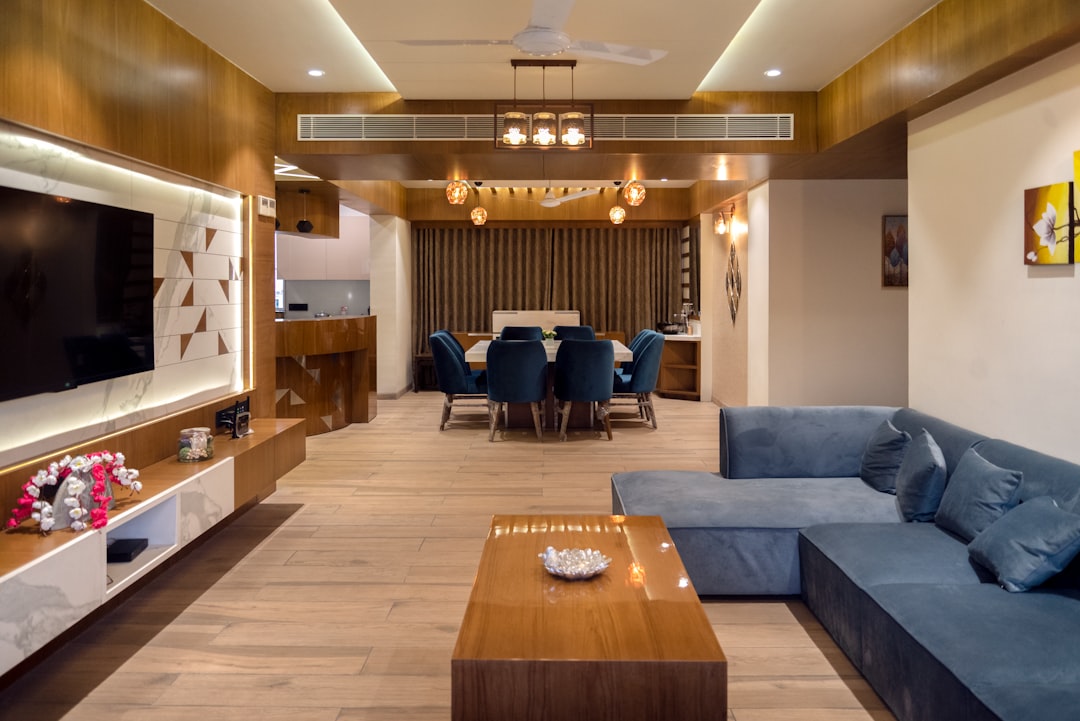
Residential Heating Installation in Newport Coast: Stay Cozy All Year
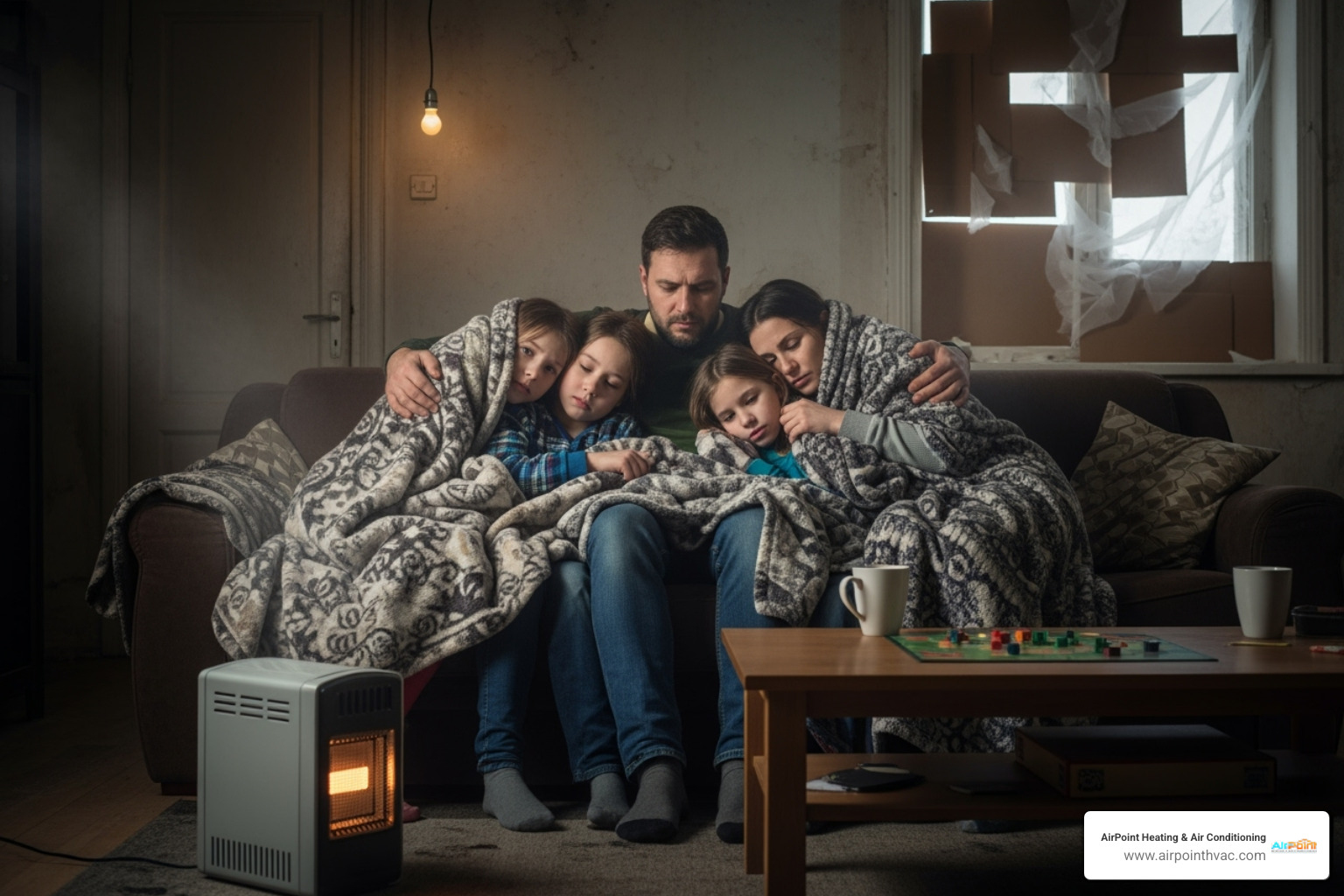
Top 10 Best 24-Hour Heating Services in Long Beach, CA
Customer Testimonials










